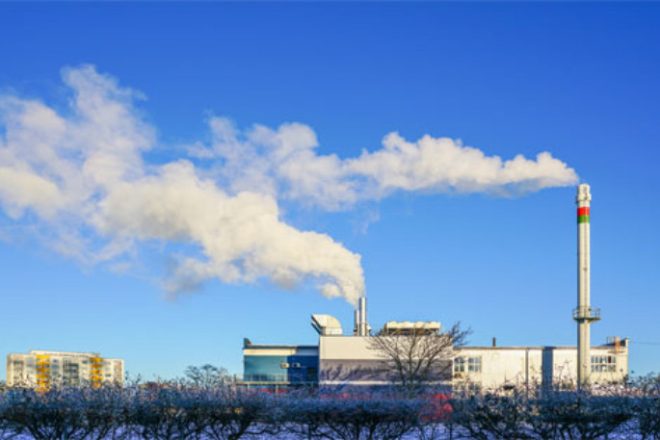A report suggests that New Zealand farms could reduce their greenhouse gas emissions by sourcing a common fertilizer from local mines instead of importing ‘blood phosphate’. The report, written by mining company L&M Group and consultancy Agribusiness Group, was funded by the publicly funded Our Land and Water National Science Challenge.
Phosphate, which makes up about half of the fertilizer used in New Zealand, helps plants grow but can also pollute waterways if used excessively. An international study conducted by authors from New Zealand and the UK showed that many farmers worldwide use too much phosphate, causing unnecessary pollution. Meanwhile, others don’t use enough to maximize their land’s food production. The study also warned that phosphate, which is not renewable, should be used more sparingly to last over 500 years.
In 2021, New Zealand was the ninth largest phosphate importer globally, bringing in around 700,000 tonnes. More than half of this came from Morocco, followed by Togo and China. A 2018 investigation by Stuff revealed that the Moroccan phosphate supply was linked to a longstanding humanitarian crisis in Western Sahara, a region Morocco annexed in the 1970s.
The New Zealand study, completed in December, explored the possibility of mining phosphate locally, an idea that L&M Group has been looking into. The report claims that mining phosphate in New Zealand would have approximately half the global warming impact of mining and transporting the imported fertilizer currently used by farmers.
The report also highlighted the ethical benefits of mining locally, stating that it would effectively address the political and social issues associated with using ‘blood phosphate’ from Western Sahara. However, it acknowledged that open-cast mining, similar to quarrying limestone, would have environmental impacts.
The report also suggested that New Zealand could potentially produce a slower-release form of the fertilizer, which would be less likely to wash into lakes, rivers, and aquifers. According to Stats NZ, 64% of river lengths have phosphorus concentrations at levels posing an environmental risk.
L&M Group has identified potential phosphate deposits in Clarendon, Otago, North Canterbury, and Kaikōura.






























































